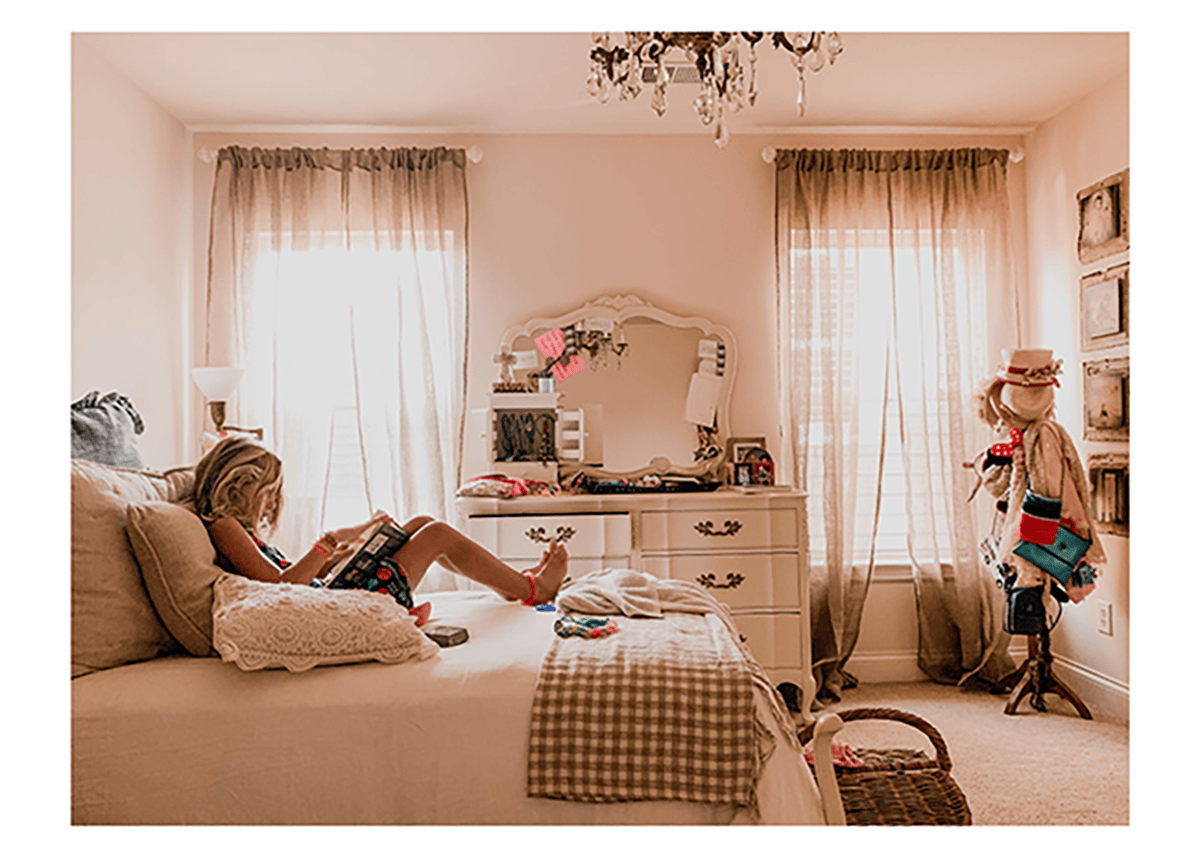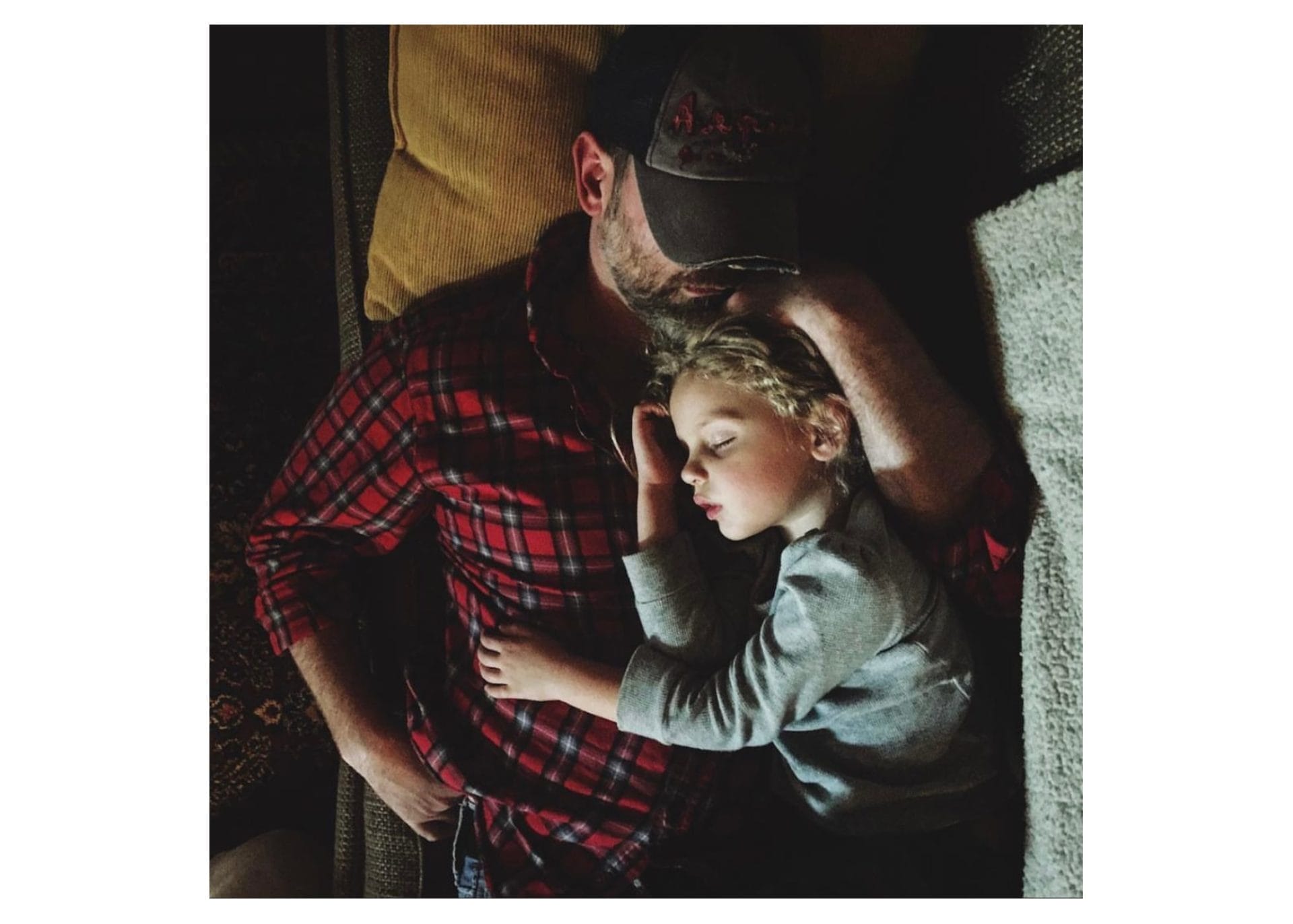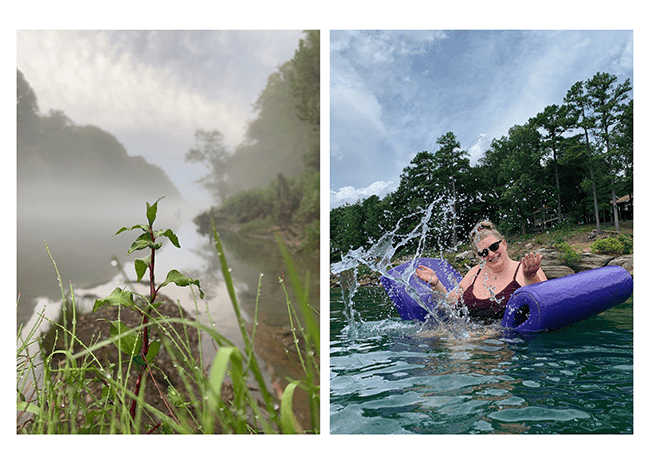

Uh oh...
It appears that you're using a severely outdated version of Safari on Windows. Many features won't work correctly, and functionality can't be guaranteed. Please try viewing this website in Edge, Mozilla, Chrome, or another modern browser. Sorry for any inconvenience this may have caused!
Read More about this safari issue.

Angles in photography refer to the position from which a photographer captures an image. The chosen angle greatly influences the composition, perspective, and overall visual impact of a photograph. Here’s a closer look at the significance of angles in photography:
1. Eye-Level Angle:
The eye-level angle is the most common and straightforward perspective, as it closely mimics how we see the world. It involves photographing the subject from a similar height as the viewer’s eyes. This angle creates a sense of familiarity and can be used for various genres, such as portraits, street photography, and everyday scenes.
2. High Angle:
A high angle is achieved by photographing the subject from above, looking downward. It can be taken from an elevated position or by shooting downwards from a higher vantage point. A high angle can make the subject appear smaller, more vulnerable, or less significant in relation to the surrounding environment. It is often used to convey a sense of dominance, vulnerability, or provide an overview of a scene.
3. Low Angle:
A low angle involves photographing the subject from below, looking upward. This angle can be achieved by getting down close to the ground or by shooting upwards from a lower vantage point. A low angle can make the subject appear more imposing, powerful, or heroic. It can create a sense of drama, exaggerate the height or size of a subject, and add a dynamic element to the composition.
4. Bird’s Eye View:
A bird’s eye view angle is captured from a significantly elevated position, such as from a tall building, helicopter, or drone. This angle provides a unique perspective, offering a comprehensive view of the scene from above. It is often used for architectural photography, landscapes, and to showcase patterns, shapes, and symmetry in the environment.
5. Worm’s Eye View:
A worm’s eye view is captured from a position close to the ground, looking upward. It can be achieved by crouching, lying down, or shooting from a low vantage point. This angle can create a sense of awe, emphasize the height or size of a subject, and provide a unique perspective on the world. It is often used for photographing tall structures and trees or to capture the grandeur of the sky.
6. Oblique Angle:
An oblique angle is captured by photographing the subject from a tilted or diagonal perspective. This angle introduces a sense of dynamic energy and visual interest to the composition. It can create a feeling of tension and excitement or convey a sense of movement. Oblique angles are often used in sports photography and action shots to add a dynamic element to a static scene.
7. Unconventional Angles:
Photography allows for creative experimentation, and photographers often explore unconventional angles to capture unique perspectives. This can involve shooting through objects, using reflections, playing with unconventional framing, or finding unexpected viewpoints. Unconventional angles can add a sense of intrigue, abstraction, and creativity to the photograph.
When considering the angle for a photograph, it’s important to think about the story, mood, and intended message of the image. The chosen angle should complement the subject, enhance the composition, and evoke the desired emotional response from the viewer. Experimenting with different angles can lead to more dynamic and engaging photographs.
We do the work.
You check your email.
Sign up for our weekly e-news.
Get stories sent straight to your inbox!


























Like this story? Read more from Ashel Parsons
Silhouette photography is a captivating technique that allows...
Many men and women dream of that day that they get to say “I Do” to...
Need some help planning your perfect proposal? Or need to send a little...
Join the Conversation
Leave a Comment